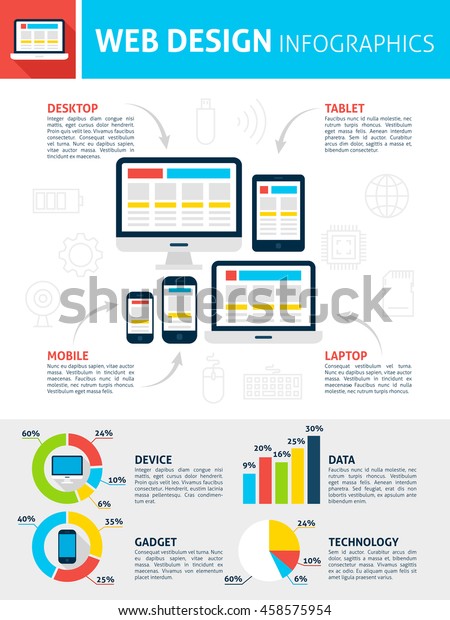The Development Of Website Design: From Past To Present
The Development Of Website Design: From Past To Present
Blog Article
Written By- website design and development
In the past, internet sites were straightforward and concentrated on info. Navigation was direct, and layout was for desktop computers. Now, individual experience is crucial. Data guides designs for easy navigation. Responsive formats suit different devices. Today, dark setting reduces strain, and minimalist menus enhance navigating. Interactive attributes engage customers, and bold visuals stand apart. AI assimilation increases involvement. See just how style has developed to enhance your on-line trip.
Very Early Days of Website Design
In the very early days of website design, simplicity reigned supreme. Websites were standard, with restricted shades, typefaces, and layouts. The focus was on providing info rather than fancy visuals. Users accessed the internet with slow dial-up links, so speed and functionality were essential.
Navigating food selections were straightforward, generally located on top or side of the page. Internet sites were designed for desktop, as mobile browsing had not been yet prevalent. Material was king, and developers focused on easy readability over intricate design components.
HTML was the key coding language made use of, and developers needed to work within its restraints. Animations and interactive attributes were very little compared to today's requirements. Web sites were fixed, with little vibrant material or individualized user experiences.
Rise of User-Focused Layout
With the evolution of web site design, a change in the direction of user-focused layout concepts has become increasingly famous. Today, creating websites that focus on individual experience is important for involving visitors and attaining service objectives. User-focused style involves comprehending the needs, choices, and actions of your target market to tailor the web site's format, web content, and includes accordingly.
Designers now conduct thorough research, such as individual surveys and usability screening, to collect understandings and feedback straight from individuals. pop over here -driven method helps in developing user-friendly navigation, clear calls-to-action, and visually enticing user interfaces that resonate with site visitors. By putting the customer at the facility of the layout process, sites can deliver an extra customized and delightful experience.
Receptive design has also emerged as a crucial facet of user-focused style, making certain that internet sites are enhanced for numerous devices and screen sizes. This flexibility improves availability and functionality, satisfying the diverse means individuals interact with internet sites today. Essentially, pop over to this web-site of user-focused design signifies a change in the direction of creating electronic experiences that focus on the requirements and assumptions of completion customer.
Modern Trends in Website Design
Discover the latest fads forming web design today. One popular fad is dark setting layout, supplying a smooth and modern-day look while lowering eye strain in low-light environments. An additional key fad is minimalist navigation, streamlining menus and boosting customer experience by concentrating on essential elements. Including micro-interactions, such as computer animated buttons or scrolling results, can create a much more engaging and interactive web site. Receptive design remains essential, making certain smooth individual experiences across various gadgets. Additionally, using bold typography and unbalanced layouts can include aesthetic interest and accentuate details content.
Integrating AI innovation, like chatbots for customer assistance or tailored referrals, improves individual involvement and enhances processes. Ease of access has also become a substantial fad, with designers prioritizing inclusive design methods to cater to varied individual demands. Accepting sustainability by optimizing internet site efficiency for rate and effectiveness is another emerging pattern in website design. Teaming up with customer feedback and information analytics to repeat and boost style continually is necessary for staying pertinent in the ever-evolving digital landscape. By embracing these modern-day fads, you can create a visually attractive, user-friendly site that reverberates with your audience.
Conclusion
As you reflect on the advancement of internet site design from the early days to now, you can see how user-focused style has actually come to be the driving pressure behind contemporary patterns.
Welcome the journey of modification and adjustment in website design, constantly maintaining the user experience at the leading edge.
Remain existing with the most up to date patterns and modern technologies, and never ever stop developing your strategy to produce aesthetically stunning and straightforward websites.
Develop, adjust, and create - the future of website design is in your hands.
